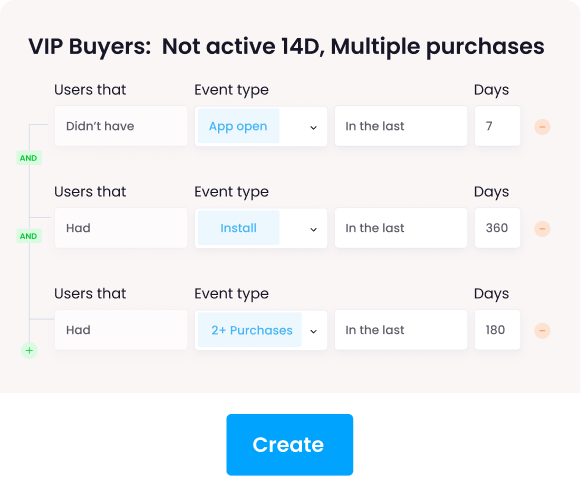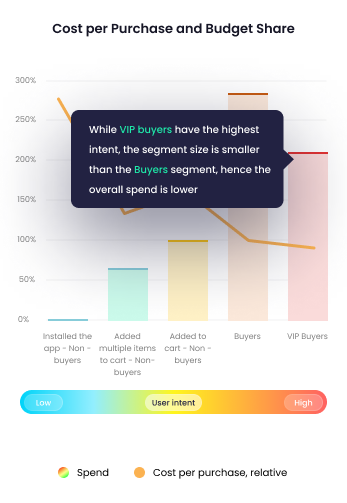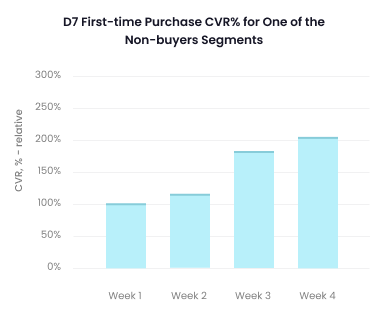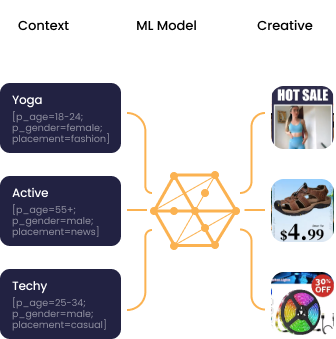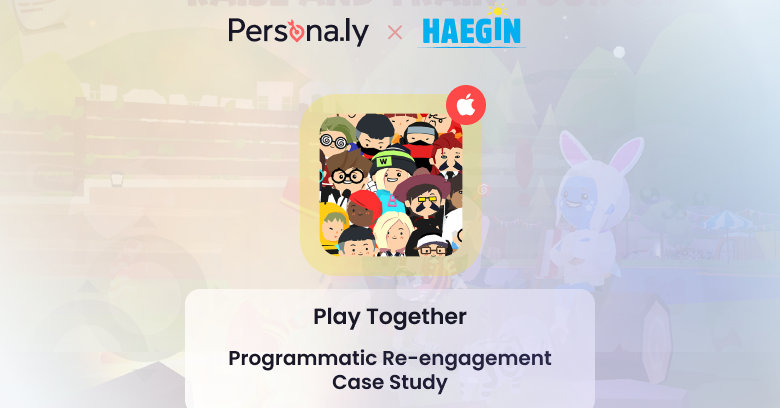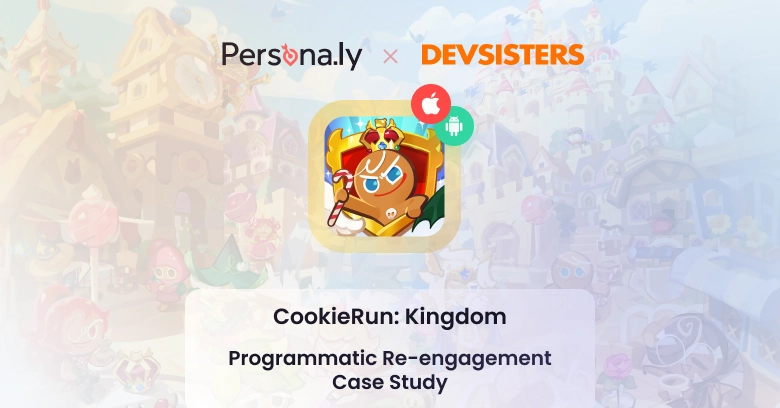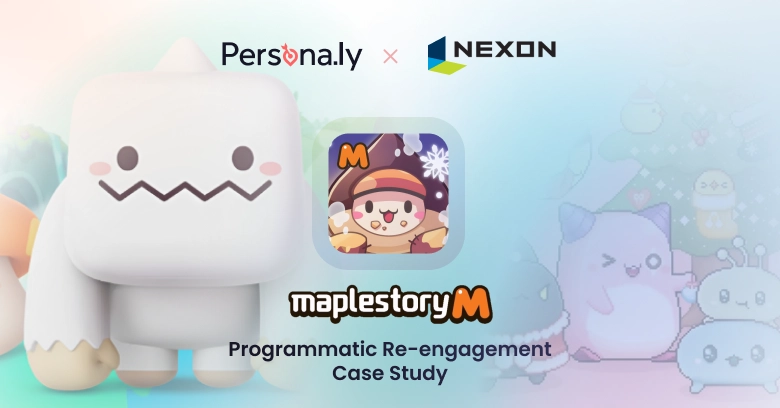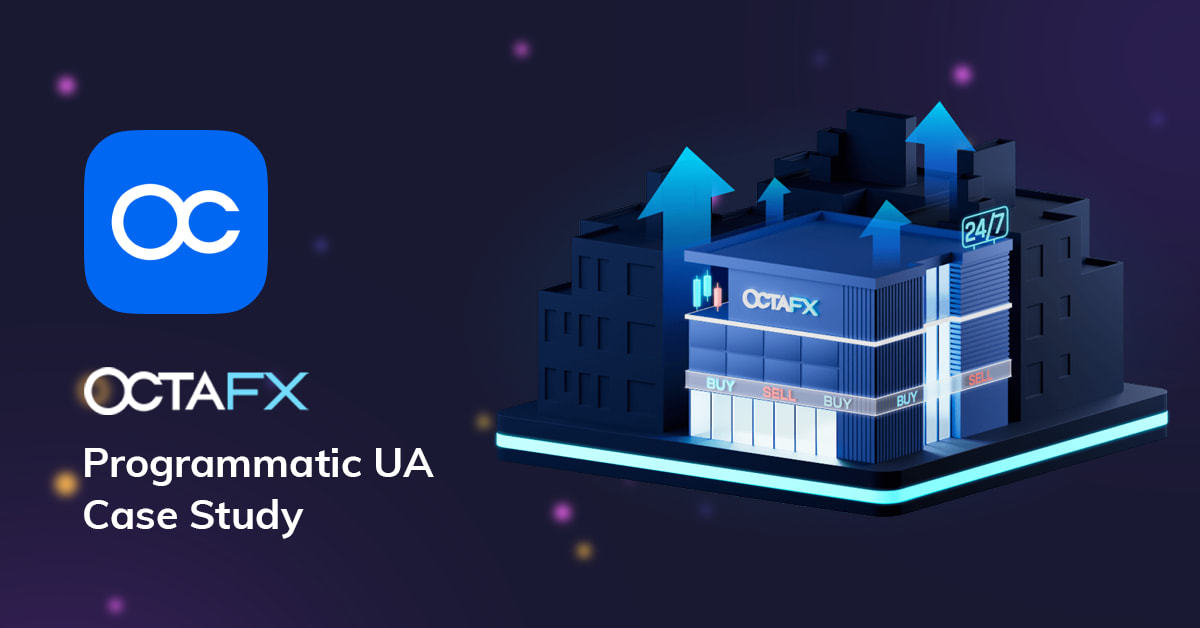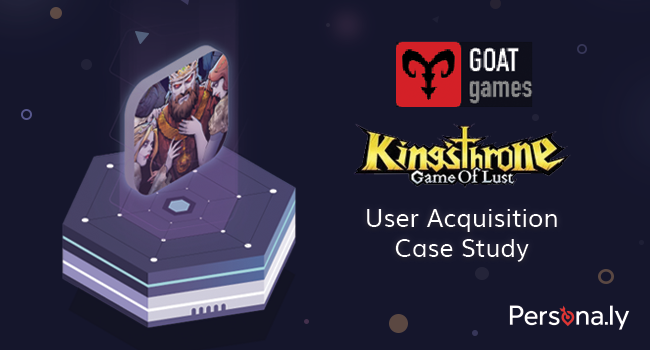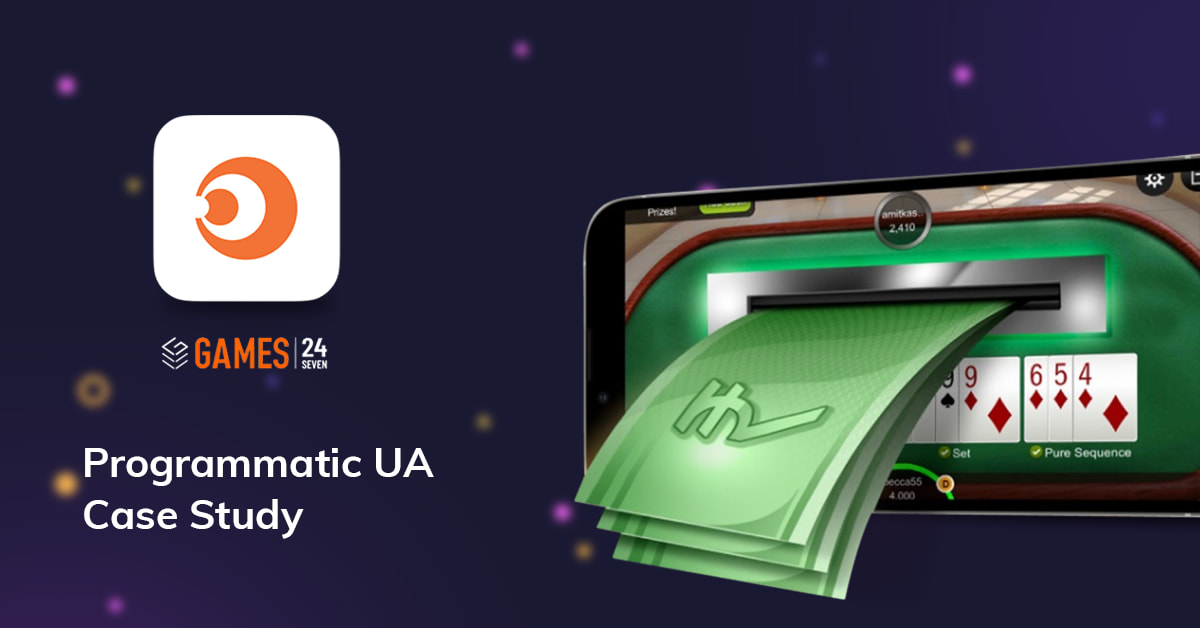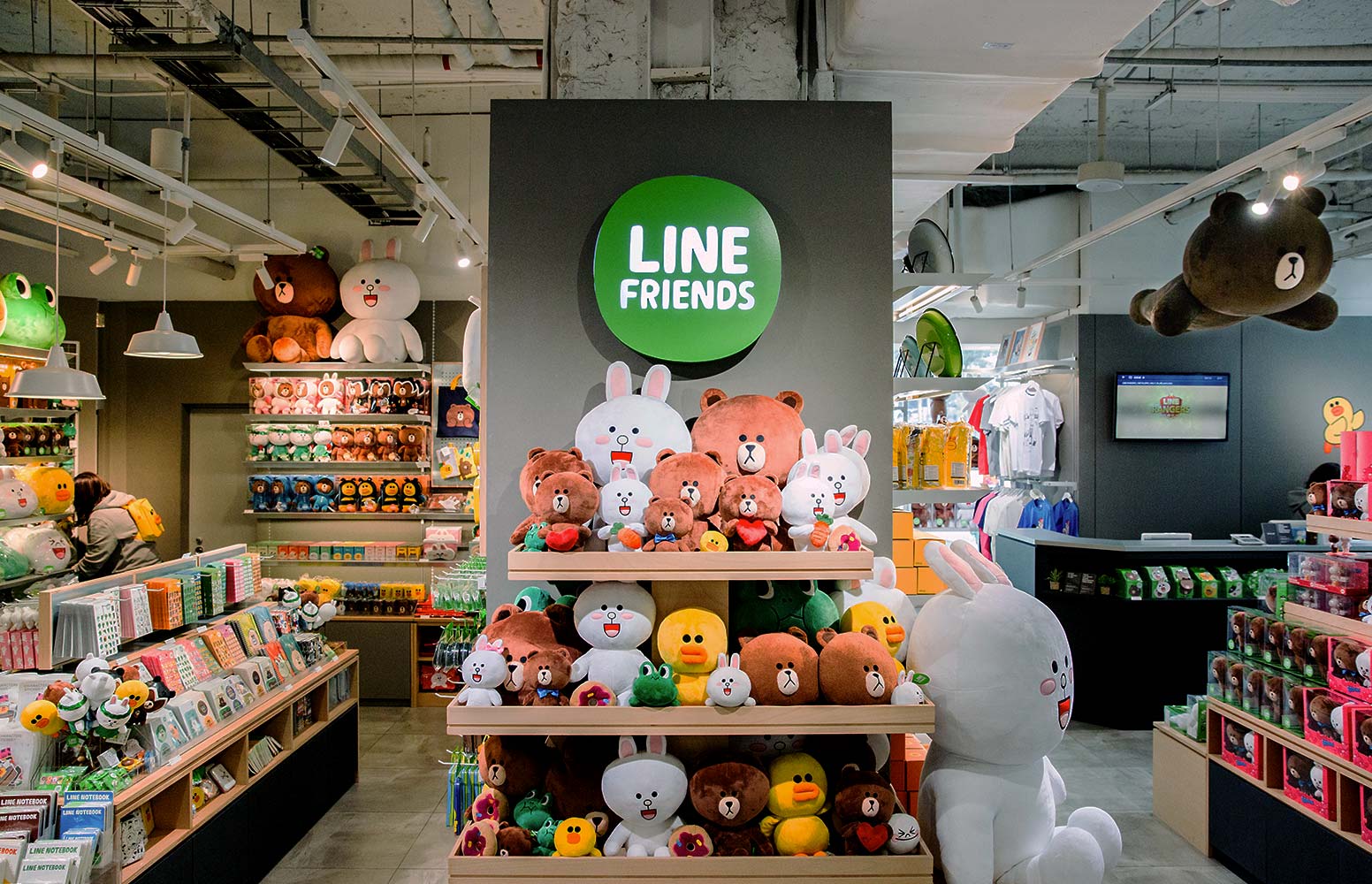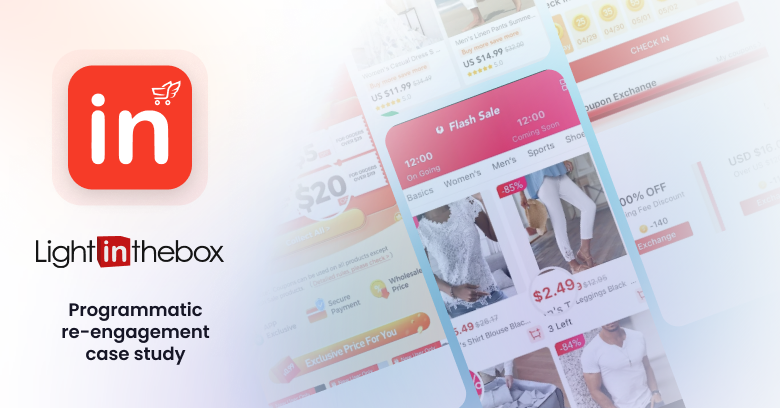
How We Doubled Non-Buyers CVR While Scaling Gross Sales 5.7x for LightInTheBox E-commerce app
Download the PDF version of the case study
We worked with LightInTheBox, a global e-commerce company, to re-engage churned users for their Android and iOS apps globally (in 20 countries). LightInTheBox is one of the e-commerce leaders, owning multiple websites and apps and selling a variety of items across the globe.
Campaign Goals
- The main goal of the campaign was to bring the churned LightInTheBox buyers back to the app to increase gross sales.
- The secondary campaign goal was to convert non-buyers (churned users who didn’t make their first purchase yet).
Results at a Glance:
5.7x
gross sales increase over 7 months
2x
first-time purchase CVR increase for the segment of users who haven’t made their first purchase before their churn
Programmatic Re-engagement Process
When we started running the retargeting campaigns for LightInTheBox, using our proprietary Dynamic Audiences segmentation engine, we effortlessly generated the initial user segments based on their previous in-app interactions.
Direct integration with LightInTheBox’s MMP allowed us to update the Dynamic Audience in real-time and keep the audience constantly up-to-date by adding freshly churned users and suppressing user cohorts that were re-engaged organically or through other sources. All while avoiding delays and manual operations on both LightInTheBox and Persona.ly’s sides. Once we received enough positive signals to identify which user features are significant for the campaign performance, our ML engine generated a basic logic model to target that audience.
Within a short time, our algorithm identified which user segments would click the ad and re-engage in the app. This basic targeting model, which focuses on audience segments that have a higher probability of being re-attributed, allowed for gradual campaign scaling while significantly reducing the CPA (cost per first purchase after re-attribution).
As soon as enough data was collected for our algorithm to build a unique classification model to identify the most prominent user cohorts based on multiple features, we generated multiple segments and extrapolated the learnings, using our extensive experience with e-commerce, to optimize the campaign further. By dividing churned buyers into multiple segments and adding segments of users who churned before making their first purchase with a higher probability to become buyers, we drove more first deposits after re-attribution and higher revenue for LightInTheBox.
Campaign Results
Campaign Scaling
At the beginning of the campaign, by re-targeting users based on their in-app activity, we drove highly engaged users who made multiple in-app purchases.
Within a very short time, when our algorithm was able to build a unique classification model, we started experimenting with multiple audience setups, driving buyers and users who haven’t converted into buyers yet back to the app. We managed to safely scale the gross sales generated by the campaign 5.7 times, while maintaining high performance.
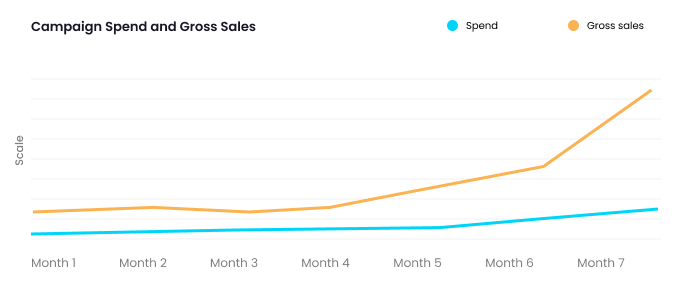
Dynamic Audiences Engine
Persona.ly’s proprietary Dynamic Audiences segmentation engine — available to our clients at no extra cost — is integrated directly with the promoted app, allowing us to efficiently build dynamic audiences to retarget, add and suppress audiences based on multiple factors and in-app events in real-time. This allows us to effortlessly explore multiple setup options to find the best-performing combinations.
Processing over 60 data points before serving each impression, our bidder identifies the most prominent audience features. For each of the segments, besides in-app actions, our bidder applies an extra level of machine learning to identify factors affecting the campaign performance (predicted age, predicted gender, and other features including latent ones).
It then programmatically places the bids based on user intent (high to low), segment size and predicted user value, and factors higher best-performing combinations (places higher bids and dedicates a higher budget share).
The graph displays the performance per dynamic audience segment – the higher the cost per purchase, the lower the segment’s budget share.
Conversion Growth for Churned Non-buyers
For the non-buyers segment, the main challenge was to sift through millions of LightInTheBox users to re-engage those who would start making purchases in the app.
By slicing and dicing millions of feature combinations, our algorithm was able to predict the winning combinations of factors which led to doubling the First-time purchase conversion rate for one of the non-buyers segments within 4 weeks.
Dynamic Creative Selection
For an e-commerce brand like LightInTheBox, whose products are intended for multiple audiences varied by age, gender and interests, displaying the right creative to the right audience cohort is critical for campaign performance.
To achieve and outperform the campaign optimization target, our bidder uses contextual bandits. These contextual bandits allow for the most relevant audience-specific creatives to be served to different audience cohorts. With contextual bandits, using reinforcement learning where both positive and negative interactions are considered, the algorithm assesses multiple contextual data points (predicted gender, predicted age, placement) in order to display the relevant creatives to the relevant audiences.
The contextual bandits creatives optimization algorithm derives from the MAB (multi-armed bandit) algorithm where, contrary to A/B testing, multiple creatives are being tested at the same time. In MAB, the creative “champion” get the highest share of impressions, while the less successful creatives—“challengers”—are still being displayed and tested on a significantly smaller scale.
“Our partnership with Persona.ly has been a real win, thanks to their great communication, transparency, and utmost professionalism. Right from the start, they provided invaluable assistance with technical integrations and strategic business planning, which promptly led to remarkable results.”
Joyce Tong, Digital Manager at LightInTheBox
About LightInTheBox
LightInTheBox is a global online e-commerce company that delivers products directly to consumers around the world. Founded in 2007, LightInTheBox has offered customers a convenient way to shop for a wide selection of lifestyle products at attractive prices.
LightInTheBox’s innovative data-driven business model allows itself to offer customized products, such as wedding dresses and evening dresses, at scale for optimal marketing, merchandising, and fulfillment.
“Working with LightInTheBox’s team has been a smooth process from the beginning. We are excited that our extensive experience and ML algorithm has proven itself yet again and helped us reach high performance in a competitive niche like e-commerce.”
Ofir Pasternak, Founder and R&D Director at Persona.ly
About Persona.ly
Persona.ly is a mobile-first DSP operating worldwide. Using our proprietary bidder and machine-learning algorithms, we offer transparent, performance-driven, highly targeted UA and retargeting solutions at scale with access to over 2.8 million ad auctions per second. We are trusted by Nexon, Papaya Gaming, Rapido, Games24x7, Ubisoft, Tilting Point, and many others.
Persona.ly strives to be more than just a vendor for its partners, but a partner that helps generate actual value, growth, and broad marketing insights that can be used across channels.

